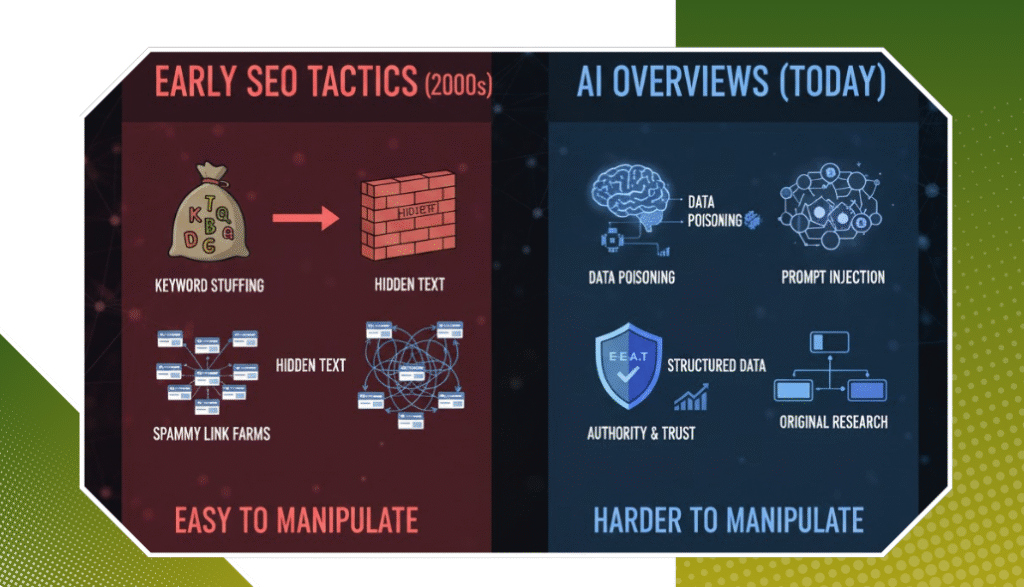These advanced models allow Google to move beyond static answers and into a new realm of real-time synthesis and reasoning. Unlike traditional search ranking systems that only retrieve and list links, generative AI provides natural language responses tailored to a user’s intent. In this blog, we’ll break down exactly how these models work, what makes them powerful, and how they are reshaping the future of search.
What Are Generative AI Models?
Before diving deeper, it’s essential to understand: What is generative AI? Generative AI refers to a class of machine learning models capable of creating new content, be it text, images, audio, or code, based on patterns learned from vast datasets. In the context of search, these models generate human-like summaries, answers, or explanations by processing information from multiple sources in real time.
For example, models like Gemini (Google DeepMind’s evolution of PaLM) or OpenAI’s GPT-4 are trained on trillions of words across the internet, enabling them to interpret queries contextually and respond conversationally. These models go beyond keyword matching; they understand semantics, context, and relevance.
While many people ask, “What is generative AI, and how does it differ from traditional algorithms?”, the key lies in output generation. Where traditional AI classifies, ranks, or predicts, generative AI creates entirely new content tailored to input, something essential for real-time answers in AI Overview Search experiences.
How Google Uses Generative AI in AI Overviews?
AI Overviews are powered by Google’s Search Generative Experience (SGE), which runs on generative models like Gemini 1.5. According to announcements made at Google I/O 2024, a major annual developer conference, this model boasts a context window of over 1 million tokens, which means it can process and reference a massive amount of information from various web pages in a single prompt. Here’s how the flow works:
- You enter a search query.
- Google combines retrieval (using traditional index-based systems) with a generative reasoning layer.
- Gemini processes the results, identifies patterns and trustworthy data points, then generates a contextual summary.
- The AI Overview appears at the top of your Google search results, citing source links.
This hybrid approach, known as retrieval-augmented generation (RAG), lets Google balance creativity with factual grounding. Gemini doesn’t just summarise; it reasons. For example, if you search for “best protein for muscle gain vs weight loss,” the AI Overview doesn’t list articles. It compares protein types, explains differences, and provides suggestions based on your implied goals, all within seconds.
Key Capabilities That Make Generative AI Suitable for AI Overviews
Why is generative AI so effective in this space?
Multi-Source Synthesis
Generative AI models synthesise content from numerous sources in one go. While traditional snippets might rely on a single paragraph from one page, generative models can integrate insights from several authoritative pages, offering richer and more nuanced summaries.
Contextual Understanding
These models are not limited by rigid rules or templates. They interpret nuanced queries, even ones that are vague or multi-intent (for instance, “What’s the best phone under ₹30,000 for gaming and photography?”). That’s why AI overview search results feel more “human” and conversational. They mirror how a person would naturally respond after research.
Dynamic Updating
Generative AI models used in SGE are connected to live web results. When major updates happen, like a drug recall, a policy change, or new scientific research, AI Overviews can reflect the most recent developments faster than static pages indexed days ago.
Real-time Inference
Unlike static knowledge panels or featured snippets, AI Overviews can generate new answers every time a query is rephrased. Ask “What is good cardio after knee surgery?” and then “Best low-impact workouts post-surgery”, you’ll get tailored summaries, not recycled ones. These capabilities make generative AI models an ideal fit for AI Overviews, which require responsiveness, personalisation, and interpretive reasoning.
Accuracy, Limitations & Google’s Guardrails
A key concern with generative AI is hallucination, the generation of plausible but incorrect information. To reduce this, Google employs multiple safety layers:
- Cross-referencing with high-quality web sources
- Using the Knowledge Graph to verify facts
- Avoiding sensitive domains like medical, legal, or financial content in AI Overviews when confidence is low
For instance, AI Overviews won’t attempt to summarise complex personal finance recommendations unless it has high-confidence source support. And while users often wonder if these summaries will replace traditional links, the truth is: they augment them.
All AI Overviews include clickable citations, allowing users to verify the content, explore deeper, or visit the source site, enhancing transparency and user control. This is vital in maintaining trust as AI overview search becomes a more dominant part of user behaviour.
The Impact on SEO and Content Strategy
With generative AI influencing what users see first, the entire SEO landscape is evolving.
What Should Content Creators Do Now?
- Prioritise Clarity and Structure: AI models scan for well-organised, factual, and concise content. Use clear headers and bullet points, and avoid unnecessary fluff.
- Focus on Depth, Not Just Keywords: Instead of repeating phrases, answer real user questions thoroughly. For example, a blog on “What is generative AI in healthcare?” should not only define it but also explain its use cases and concerns.
- Build Trust Signals: Reference reputable sources, update content frequently, and use schema markup. AI models favour pages with verified, high-quality data.
- Be Citation-worthy: Since AI Overviews cite sources, your goal should be to write content that deserves to be cited. Clear explanations, original research, and expert commentary stand out.
As AI Overview Search matures, brands that adapt their strategies will gain visibility in ways not possible with traditional blue-link SEO alone.
Conclusion
The role of generative AI models in powering AI Overviews is reshaping how users search, interact with, and trust online information. These intelligent models combine speed, context, and reasoning to generate dynamic summaries that enhance traditional search results. For marketers and creators, this evolution demands a shift in strategy, focusing on clarity, authority, and AI-friendly content.
At Rankingeek Marketing Agency, we help you stay ahead of this shift. Our team specialises in SEO, content creation, and website development that aligns with how AI evaluates and presents information. From structured data to expert content, we ensure your site is optimised for both humans and AI. Ready to future-proof your online visibility? Contact us today!




